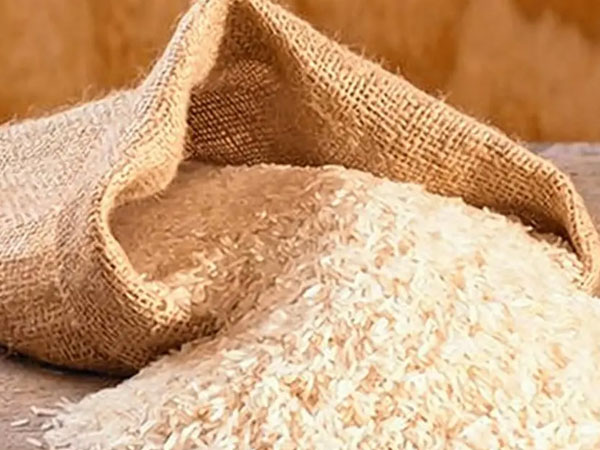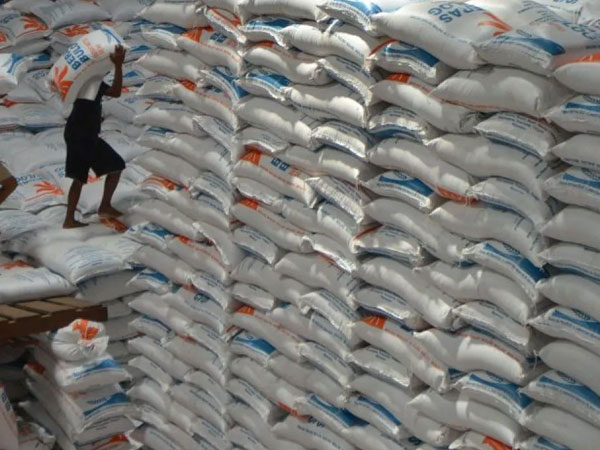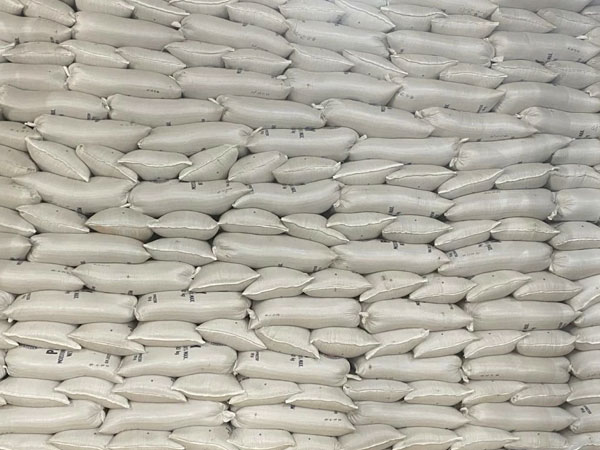 Short-term price spikes of 8–10% in India and 5–7% abroad are expected, but farmer resilience, government relief, and climate-smart tech keep basmati exports strong.
Short-term price spikes of 8–10% in India and 5–7% abroad are expected, but farmer resilience, government relief, and climate-smart tech keep basmati exports strong.
Basmati rice is not a cereal but a fragrant heritage that represents India’s agricultural past, food pride, and a significant export item. Each year, more than 4 million tonnes of basmati rice are exported out of India and reach homes in the Middle East, North America, and Europe. In fact, the world basmati market is worth $15 billion, with India supplying over 65 per cent of its offerings.
However, the recent Punjab flooding, which has hit India’s Basmati heartland, has posed serious challenges to its harvest. Punjab alone is responsible for the huge production of India’s basmati and has millions of acres of land under cultivation. This time around, nearly 150,000 acres of basmati crops have been inundated with water, leaving local as well as international consumers concerned.
While images of submerged fields and crops paint a dismal picture, the story is not completely bleak. Farmers in Punjab, driven by grit and rising farm innovations, coupled with intensive government interventions and global demand patterns, suggest that basmati consumers worldwide can face short-term hiccups but long-term gains in terms of the cultivation and supply of basmati.














© Copyright 2025 The SSResource Media.
All rights reserved.